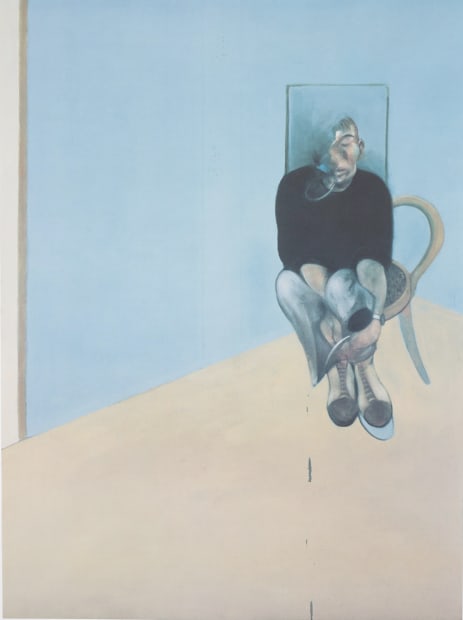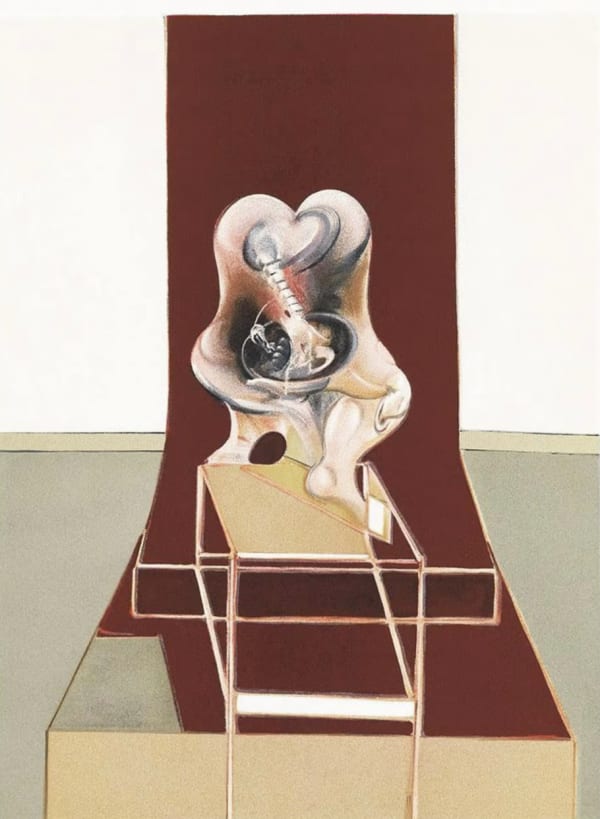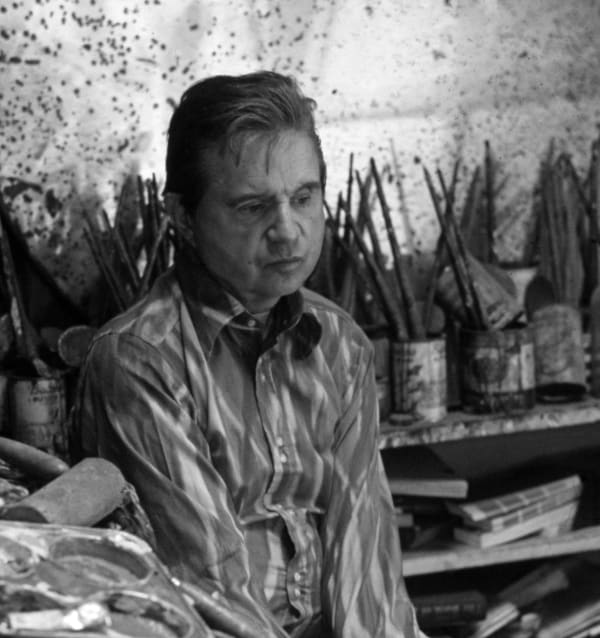-
 Study for Self-Portrait 1982, 1982Lithograph, Edition size 182, H 94 x W 65cm.©The Estate of Francis Bacon
Study for Self-Portrait 1982, 1982Lithograph, Edition size 182, H 94 x W 65cm.©The Estate of Francis Bacon -
If I didn’t have to live, I’d never let any of it out.
- Francis Bacon
Francis Bacon’s self-portraits form one of the most revealing and significant threads in his career. Between the 1960s and his death in 1992, he returned to his own image repeatedly, often saying that he had “no one else left to paint.” These works were not attempts at likeness in the traditional sense, but psychological studies, fragmented, distorted reflections of a man confronting time, loss, and the inevitability of death.Bacon’s self-portraits vary in tone and composition, but many share common features: a close-cropped head, minimal background, and the play of light and shadow across a violently reworked face.



